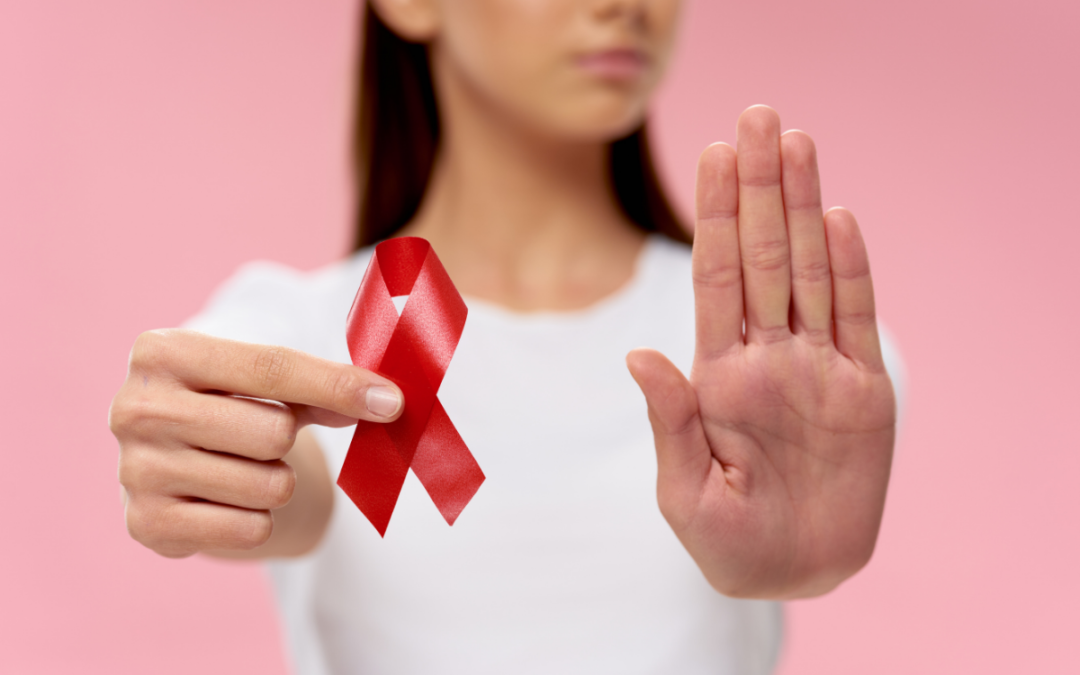How Likely are You to Have Breast Cancer?
When it comes to things like health crises or natural disasters, we tend to think, “That would never happen to me,” but the reality is that no one is immune to chronic health issues like breast cancer.
Breast cancer is one of the most common cancers in the United States. Women experience a 1 in 8 chance of being diagnosed with breast cancer in their lifetime, and breast cancer is the second leading cause of death in women.
However, a breast cancer diagnosis is not a death sentence by any means. There are currently 3.8 million breast cancer survivors in the United States. And the sooner you receive a breast cancer diagnosis, the more likely you are to receive successful treatment and go into remission.
That’s why women must know how to detect breast cancer early.
In this article, you’ll learn:
• What breast cancer is
• What the most common types of breast cancer are
• When you should receive regular screening
• Early signs of breast cancer
• When to contact your doctor
• How to assess your risk of breast cancer
Although men can also get breast cancer, it is rare, and this article focuses on detecting breast cancer early in women specifically.
What is Breast Cancer?
Like any other cancer, breast cancer refers to the uncontrolled overgrowth of cells. Usually, the cancer is present in one specific area on the breast until a lump forms.
If you’ve noticed a lump on your breast, know that most breast lumps are not cancerous. However, these benign (not harmful) lumps may increase your risk of breast cancer, and if you haven’t spoken to a healthcare provider about it yet, you should do so as soon as possible.
Different Types of Breast Cancers
Cancerous cells can appear in various parts of the breasts, and some types of breast cancers are more common than others.
Breast cancer often occurs in the ducts that carry milk from the breast to the nipple (these are known as ductal cancers) or the glands that create breast milk (known as lobular cancers).
Breast lumps may also be categorized as phyllodes tumors when they grow in the connective tissues of the breasts. However, phyllodes tumors are not always cancerous. Angiosarcoma is another type of rare breast cancer that occurs in the blood and lymph vessels of the breasts.
Receive Regular Screening Tests for Breast Cancer
Before breast cancer symptoms begin, breast cancer can usually be detected through regular screening tests like mammograms. Early detection of breast cancer and early treatment can significantly improve the outcome of your diagnosis—so don’t skip your breast cancer screening appointments!
A mammogram is a fancy way of saying “an x-ray of your breasts,” but if you’ve ever had a regular x-ray, know that a mammogram is slightly different. When you get a mammogram, expect a technician to help you lay your breasts on a horizontal x-ray plate. Another plate will be laid on top of your breasts to hold them in place. Although most women report discomfort, mammograms are not usually painful. And, they are fast.
The American Cancer Society recommends that women receive yearly mammograms once they turn 45. However, you should have the option to begin your yearly mammograms at age 40.
Your doctor may also recommend other breast cancer screening tests, such as:
• breast ultrasounds
• breast MRIs
• new or experimental breast imaging (like 3D mammography, MBI, or BSGI)
Monitor Changes in Your Breasts at Home
Although mammograms can detect early signs of breast cancer, they don’t always detect everything. That’s why you should always monitor changes to your breasts. Knowing your body and noticing when something is off is another important factor in diagnosing breast cancer early.
Lumps are the most common sign of breast cancer, but as we mentioned, lumps don’t always signify harmful cancers. It’s most common for cancerous lumps to be painless, hard, and oddly shaped, but they can be soft, tender, or round, too.
Here are some other signs of breast cancer:
• breast swelling (in all or part of your breasts)
• skin dimpling (an irregular skin texture that sometimes looks like an orange peel)
• dry, flaking, red, or thick skin on your nipples or breasts
• irregular pain in your breasts or nipples
• nipple discharge (not breast milk)
• swollen lymph nodes (swelling would occur around your collar bone or under your arms)
If you experience any of these symptoms, inform your doctor as soon as possible. Even though they’re likely to find a different cause for your symptoms, you can’t rule out breast cancer without a healthcare professional’s input.
Know Your Risk for Breast Cancer
Some women have a higher risk of breast cancer than others. If you fall into that category, your doctor may recommend that you start screening for breast cancer at the age of 30.
Your risk for breast cancer may be higher if:
• you possess the BRCA1 or BRCA2 gene mutation, which you can discover through genetic testing
• your parents, siblings, or children possess the BRCA1 or BRCA2 gene mutation
• you had radiation therapy to your chest between ages 10 to 30
• you have Li-Fraumeni syndrome, Cowden syndrome, or Bannayan-Riley-Ruvalcaba syndrome
• your parents, siblings, or children have one of the syndromes above
If you’re concerned about your body or your risk for breast cancer, talk to your doctor. Mt. Auburn OBGYN is located in the Cincinnati area, call us at 513-241-4774, or schedule your appointment.
Your healthcare team will give you the appropriate advice, tests, and health plan for your circumstances.
